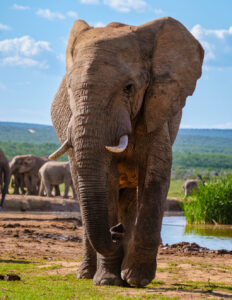Elephants, the majestic giants of the animal kingdom, have a unique and intricate mating process. Their mating rituals, driven by both biology and behavior, are a testament to the complexity of these magnificent creatures. In this article, we delve deep into the world of elephant reproduction, exploring the various stages and factors that influence when and how elephants mate.
Key Takeaways
- Elephants have a specific mating season known as "musth."
- Female elephants, or cows, show clear signs when they are in estrus and ready to mate.
- The mating process is a combination of both biological and behavioral factors.
- Elephants have a long gestation period, lasting up to 22 months.
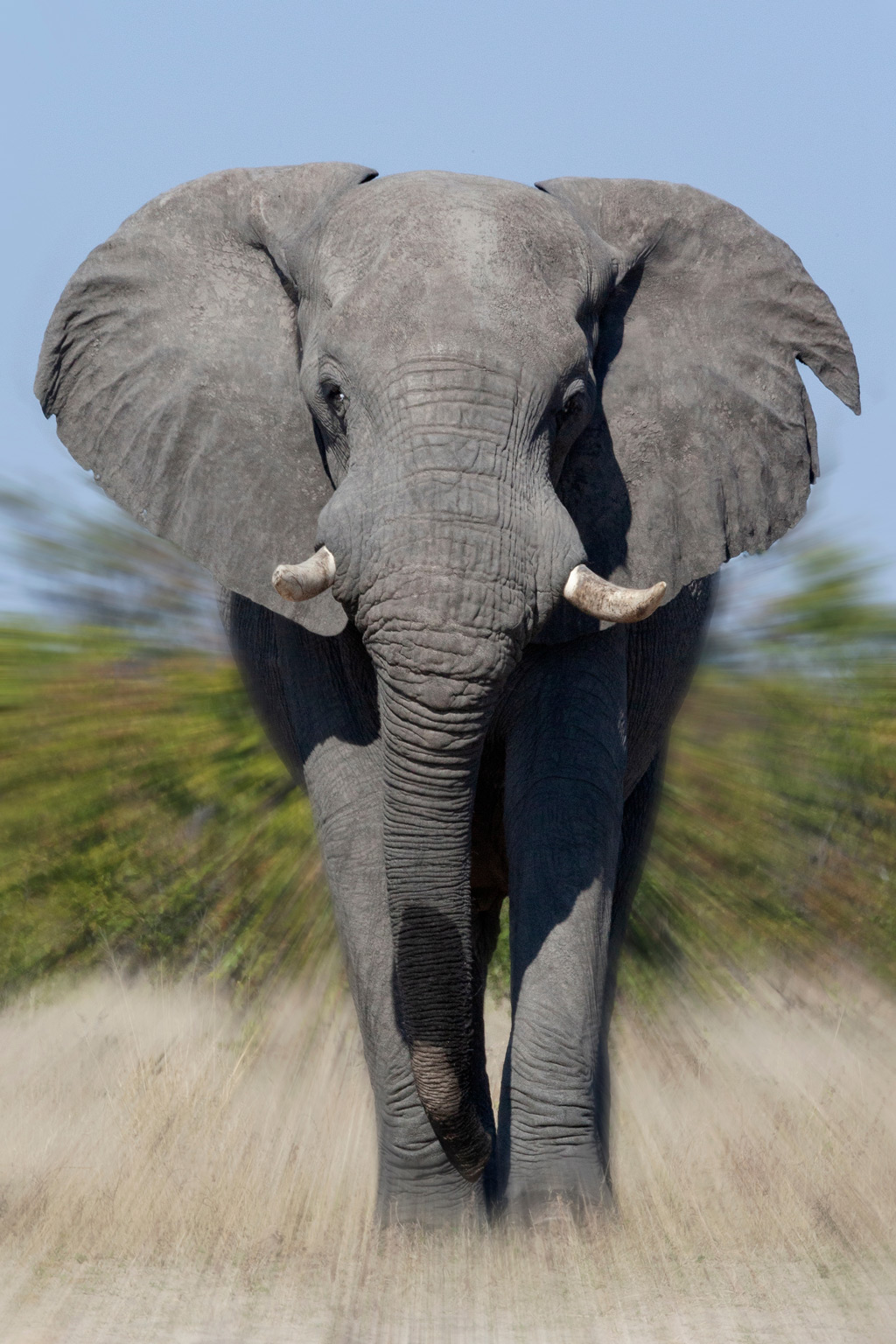
Mating Season: The Phenomenon of Musth
Musth is a periodic condition in male elephants, characterized by highly aggressive behavior, accompanied by a significant rise in reproductive hormones. During this phase, a male elephant, or bull, will excrete a thick tar-like substance from its temporal glands and frequently urinate. This behavior is a clear indication that the bull is ready to mate and is actively seeking a female partner.
Signs of Estrus in Female Elephants
Just as male elephants display clear signs of readiness to mate, female elephants, or cows, also exhibit specific behaviors when they are in estrus. During this period, the female will secrete a fluid from her genital region, signaling her readiness to conceive. Additionally, she may also be more vocal and restless, often seen flapping her ears and tail more frequently.
The Mating Process
Once a male identifies a receptive female, the courtship begins. The bull will approach the cow and engage in various behaviors such as touching, sniffing, and vocalizing. If the female is receptive, she will allow the male to mount her. The actual act of mating is relatively brief, but the rituals leading up to it can be prolonged.
Video Reference: https://www.youtube.com/watch?v=WnzCnf5-xlg
Gestation and Birth
After successful mating, the female elephant undergoes a long gestation period, which can last up to 22 months. This is one of the longest gestation periods in the animal kingdom. Once the calf is ready to be born, the mother will isolate herself from the herd and find a secluded spot to give birth. The newborn calf, weighing up to 250 pounds, is usually up and walking within a few hours of birth.
Role of the Herd in Mating
Elephants are social animals, and the herd plays a significant role in the mating process. Older, more experienced females, known as matriarchs, often guide younger females during their first estrus. They provide protection and support, ensuring the safety of the younger members during this vulnerable time.
Video Reference: https://www.youtube.com/watch?v=EmAF8lYpizU
Factors Influencing Mating
Several factors can influence when and how elephants mate:
- Environmental Conditions: The availability of food and water can impact the mating behaviors of elephants. In regions with abundant resources, elephants may mate year-round, while in areas with scarce resources, mating may be more seasonal.
- Presence of Predators: In areas with a high concentration of predators, elephants may delay mating to ensure the safety of the herd and the newborn calves.
- Health and Age: The health and age of both the male and female elephants play a crucial role in determining their readiness and ability to mate.
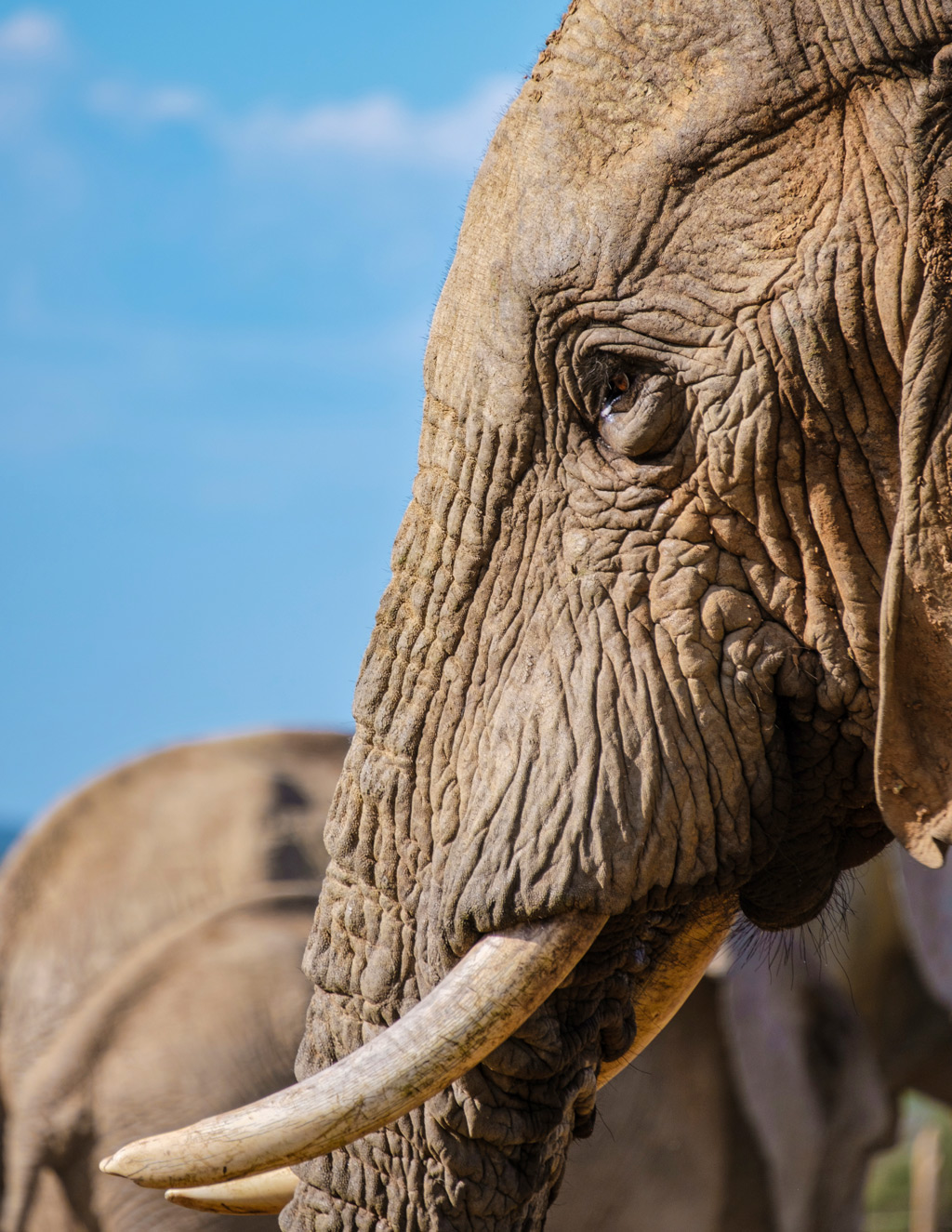
When Do Elephants Reach Sexual Maturity?
Elephants attain sexual maturity between the ages of 11 to 14. This maturity is marked by the first ovulation in females and the presence of viable sperm in males. However, there are exceptions, with some elephants maturing as early as age eight or as late as 30. The age of maturity can be influenced by various ecological factors, including forage resources and local climate. While male elephants often wander away from their birth herds as they approach maturity, females typically remain with their original herd.
Elephant Heat: Understanding the Cycle
Female elephants experience periods known as "heat," during which they are receptive to mating. On average, the time between these heat cycles is approximately 16 weeks, allowing female elephants to breed roughly three times a year. Initial heat cycles can begin as early as age nine. Unlike some animals, female elephants do not display overt signs of being in heat. However, subtle indications, such as a slightly slackened vulva or dribbling urine, can be observed. Male elephants can detect these signs and the pheromones released during this period using the Jacobson's organ located in the roof of their mouths.
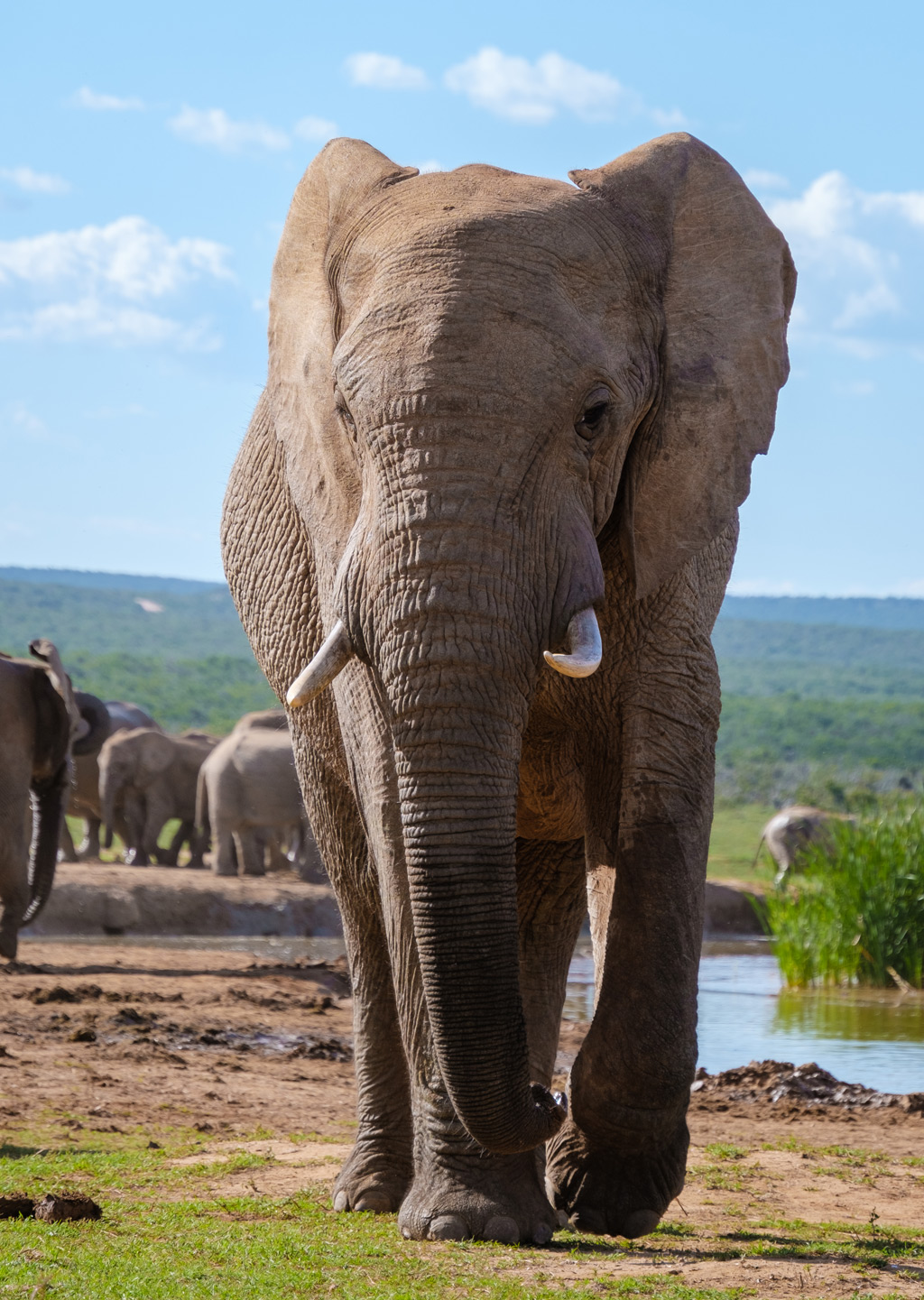
Understanding Elephant Musth
Musth is a unique phase in male elephants characterized by heightened sexual activity and a surge in testosterone levels. This period typically begins in late teens or early 20s and is marked by increased aggression, a strong urine odor, and the production of low-frequency sounds known as the "musth rumble." During musth, males actively seek out female herds and may engage in fierce battles with other males for mating rights. The duration of musth varies, with older elephants experiencing longer periods than younger ones.
The Act of Mating
Elephant mating is a complex process that requires experience, strength, and size. After establishing dominance and securing the right to mate, a male may still need to pursue the female before she allows him to mount. The female remains standing during the act, with the male positioning himself almost vertically behind her. Interestingly, the act itself is relatively brief, often lasting only about two minutes. After mating, the male typically remains by the female's side for a short while before departing.
Video Reference: https://www.youtube.com/watch?v=EmAF8lYpizU
Elephant Pregnancy: A Long Wait
Elephants boast the longest gestation period of any terrestrial animal, with pregnancies lasting an average of 22 months. This extended period allows for the development of the elephant calf's brain, which is crucial for its survival outside the womb. Upon birth, baby elephants can weigh between 200 to 300 pounds and stand about three feet tall.
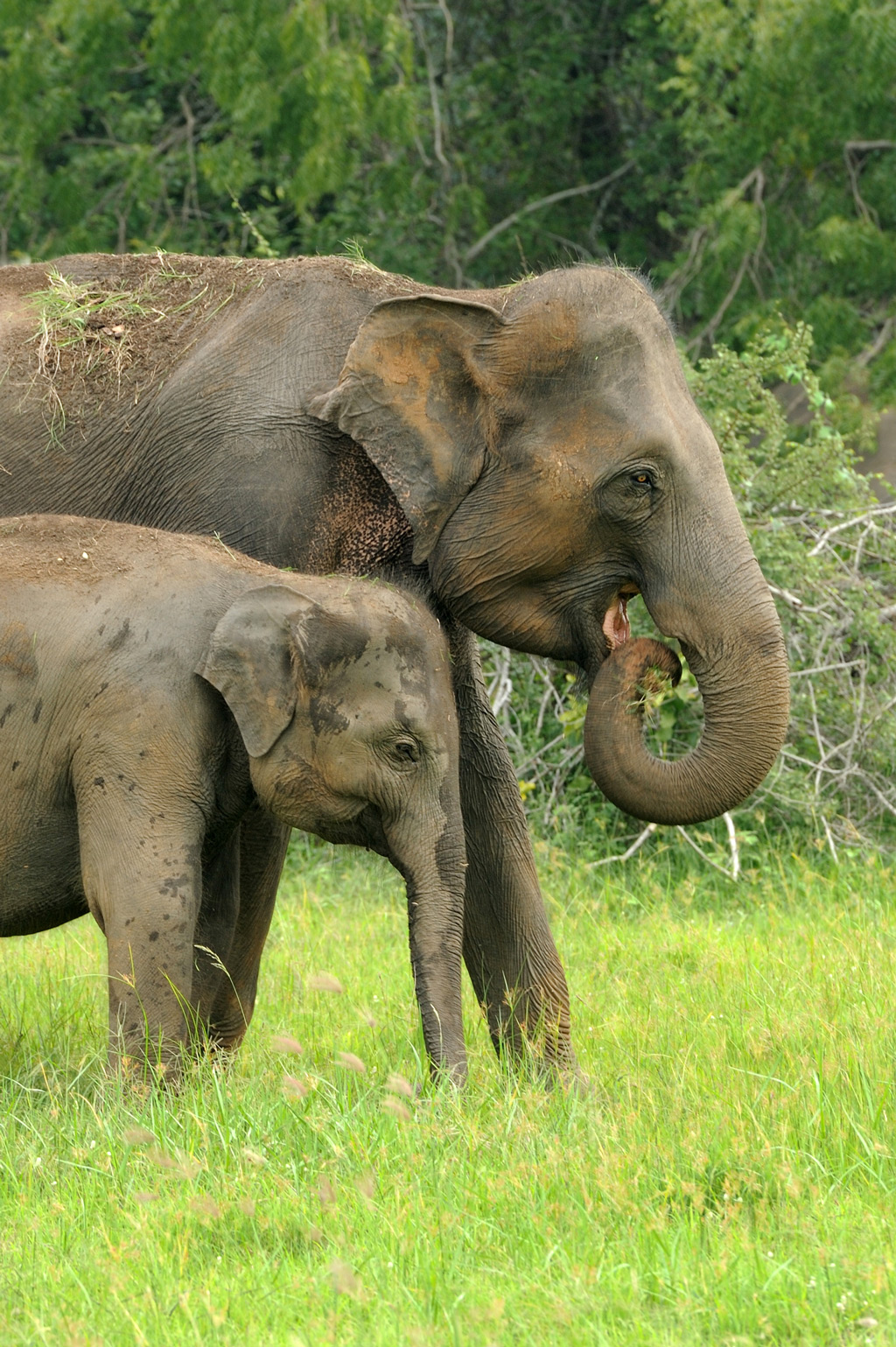
External Resources
For a deeper understanding of elephant mating behaviors and their life cycle, consider exploring the following resources:
Frequently Asked Questions
Do elephants mate for life?
No, elephants do not mate for life. Both males and females can have multiple partners throughout their lives.
How do male elephants know when a female is in heat?
Males can detect the pheromones released by females in heat using the Jacobson's organ in their mouths.
What is the significance of musth in male elephants?
Musth is a period of heightened sexual activity and aggression in male elephants, signaling their readiness to mate.




